Embark on a delectable journey through the sweet and exotic world of Indonesian desserts, where flavors burst with tropical richness and cultural diversity. Indonesian desserts, or 'makanan manis' in the local language, offer a tantalizing array of treats influenced by the country's diverse culinary heritage and abundance of tropical fruits and spices. From creamy coconut-based delights like es teler and es cendol to indulgent treats like klepon and kue lapis, each dessert tells a story of tradition, creativity, and the vibrant flavors of Indonesia. Get ready to satisfy your sweet tooth with these irresistible and unique culinary treasures.
Pastel de Nata
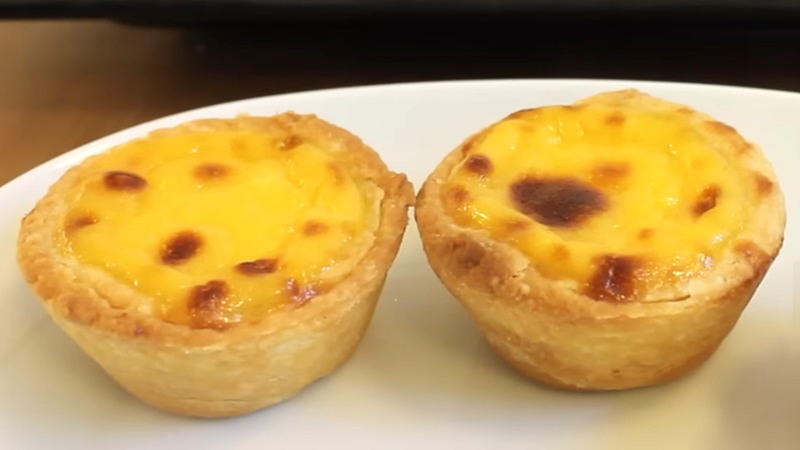
Pastel de nata is actually a traditional Portuguese treat but since the Portuguese ruled Indonesians for a long time, it is very popular in Indonesia too. Pastel de nata, also known as Portuguese egg tart, is a sweet and creamy dessert. The pastry consists of a flaky and buttery crust filled with a rich and smooth custard-like filling made from eggs, sugar, cream, and vanilla. The tarts are typically baked until the top is caramelized and slightly burnt, creating a delightful contrast of flavors and textures. Although not originally from Indonesia, pastel de nata has gained popularity and can be found in many Indonesian cafes and bakeries.
Grass Jelly
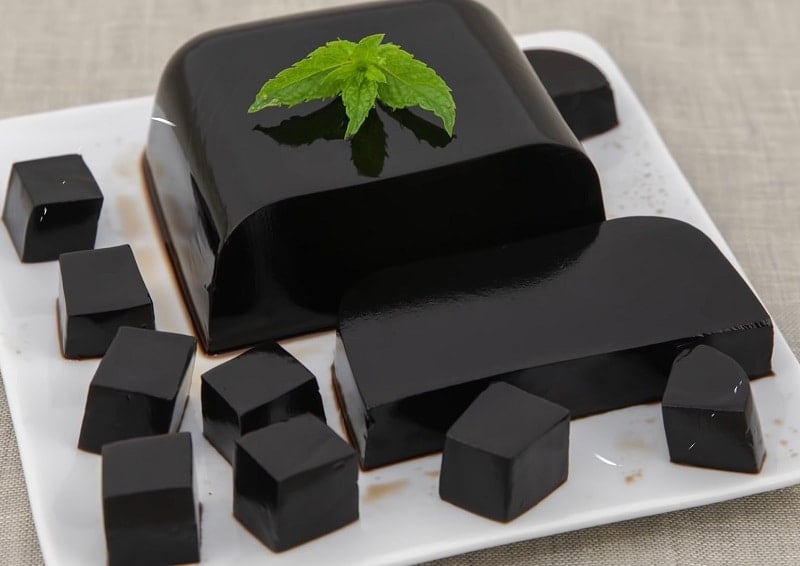
Grass jelly, commonly referred to as cincau in Indonesia, goes by various names in different regions such as juju, camcao, janggelan, and camcauh in Sundanese, kepleng in Javanese, and daluman in Bali. It's also known as black jelly (cincau hitam) and is available in instant powder form for easier use. This jelly is derived from the leaves of Platostoma palustre, also known as Mesona palustris. Additionally, there are alternative plants used to produce grass jelly in Indonesia, including Melastoma polyanthum (cincau perdu), Cyclea barbata (green grass jelly or cincau hijau), and Cocculus orbiculatus (cincau Cina or Chinese green grass jelly). Some species from the Stephania genus, like Stephania capitata and Stephania hernandifolia, are used as substitutes to create a variant called oily grass jelly or cincau minyak.
Cendol
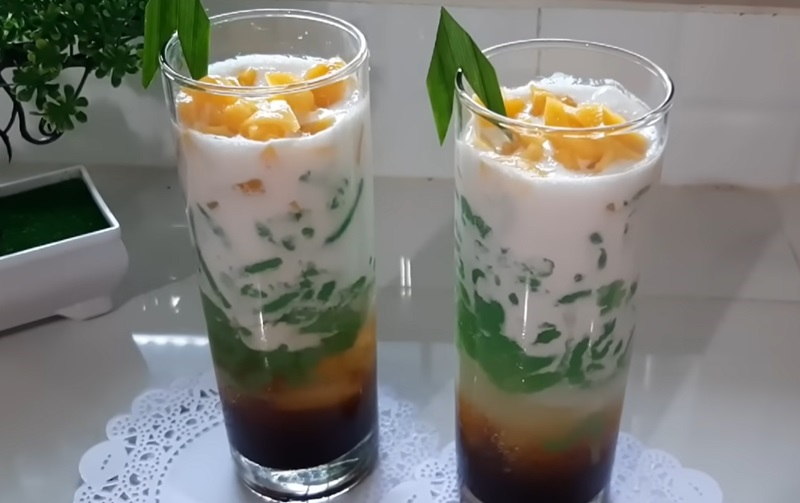
Cendol, a delightful and refreshing treat, combines green rice flour jelly, coconut milk, crushed ice and palm sugar syrup to create a symphony of flavors and textures. The star of this dessert is the vibrant green cendol, made by mixing rice flour with pandan leaf juice, infusing it with a fragrant aroma. To craft this sweet indulgence, the green rice flour jelly is harmoniously blended with coconut milk and palm sugar syrup, resulting in a delightful fusion of tastes. Served over crushed ice, cendol achieves a cool and refreshing texture, inviting individuals to savor each spoonful of this tropical delight.
Apam Balik
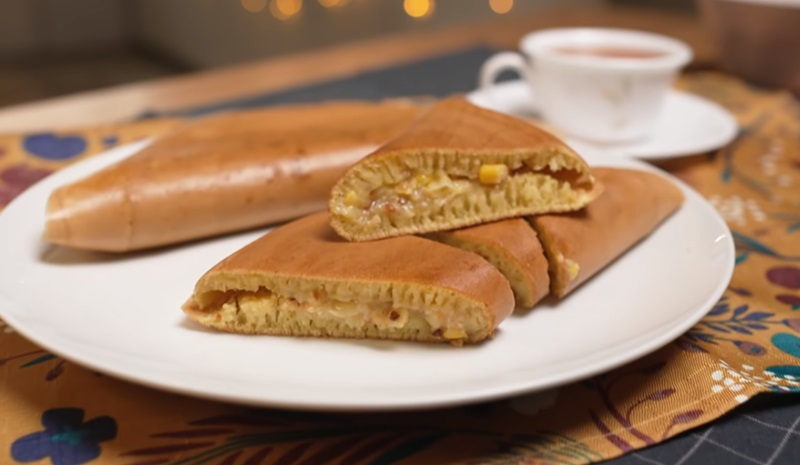
Apam balik is a sweet pancake-like dish that is filled with a variety of delicious ingredients. The pancake batter consists of a blend of flour, sugar, eggs, baking soda, water, and coconut milk, cooked on a thick iron frying pan with palm margarine to prevent sticking. It's then filled with ingredients like peanut (crushed) with sugar, sweetcorn kernels, and sometimes chocolate sprinkles or cheddar cheese. Folded and cut into pieces, it's known as a "turnover pancake." In Indonesia, there's a smaller version called terang bulan mini or martabak mini. The texture varies, from crispy crumpets to thin, delicate shells (known as apam balik nipis). A Peranakan variant, apom balik, resembles the Indonesian Serabi.
Bakpia
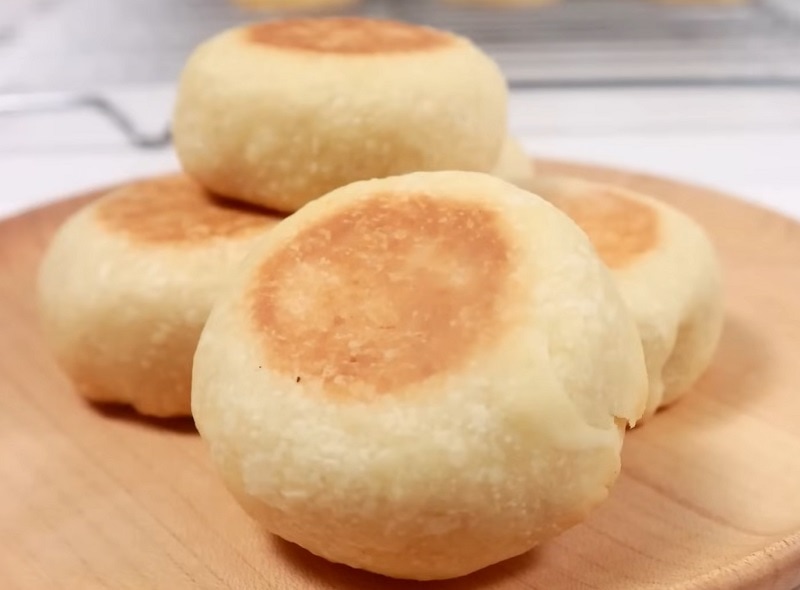
Bakpia Pathok is a bite-sized, round pastry influenced by Chinese flavors and popular in Indonesian cuisine. Traditionally filled with mung beans, modern variations include chocolate, durian, and cheese fillings. This delicacy is a specialty of Yogyakarta, particularly in the Pathok suburb where it originated. Bakpia Pathok resembles the larger Indonesian pia but is smaller in size. Sold in small boxes, these sweet rolls are widely available in Yogyakarta's food shops. They are a delicious fusion of Javanese and Chinese culinary influences, reflecting the rich diversity of flavors in Indonesian sweets.
Bubur Cha Cha
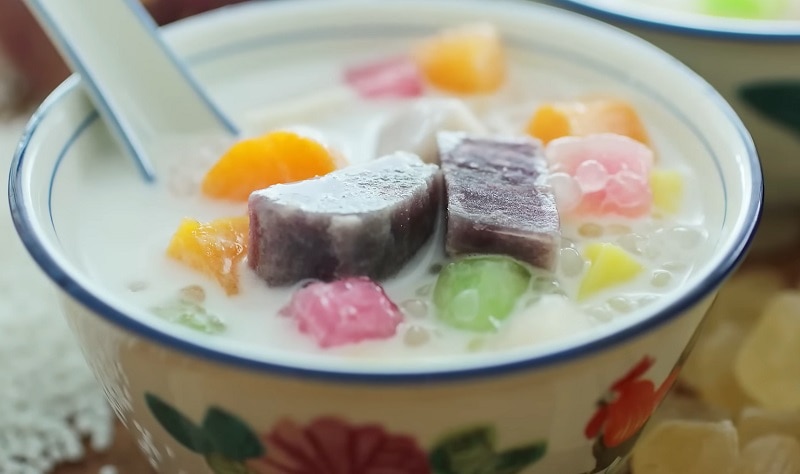
Bubur cha cha, also known as dubo jiajie or bubur cha-cha, is a traditional dish originating from Betawi and Malay communities in Indonesian cuisine. It's also enjoyed in Singaporean, Malaysian, and Phuket cuisines. This delightful dish features a combination of sweet potatoes, pearled sago, yams, bananas, and pandan leaves, all cooked in coconut milk and seasoned with salt and sugar. Additional ingredients like coconut cream, grated coconut, and water can enhance its flavor. Bubur cha cha can be served either cold or hot, making it a versatile and comforting treat for breakfast or dessert.
Bubur Ketan Hitam
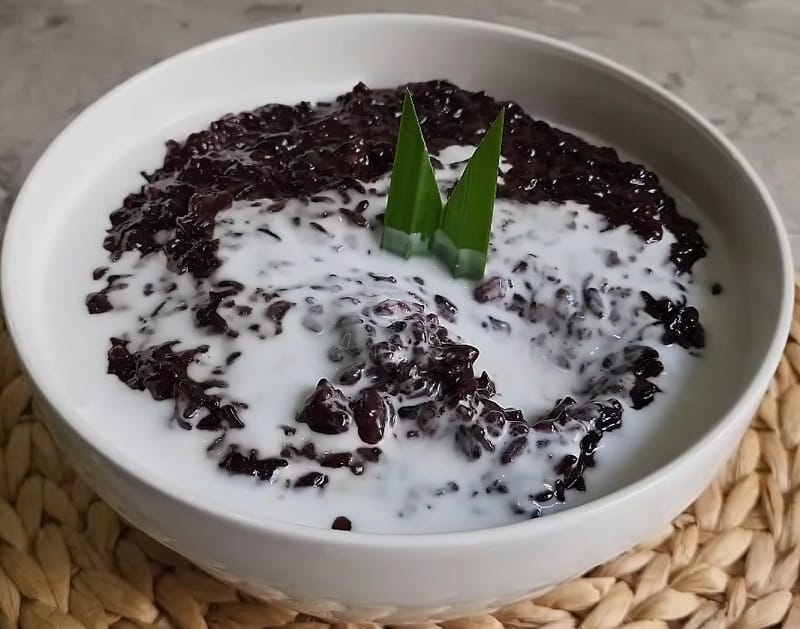
Bubur ketan hitam, also known as bubur injun or bubur pulut hitam, is a sweet Indonesian dessert prepared from black glutinous rice porridge, coconut milk, cane sugar or palm sugar. The rice is boiled until tender, then mixed with coconut milk and sugar. Often likened to "black glutinous rice pudding," it resembles black rice tong sui. It's a versatile dish enjoyed as snack or dessert, suitable for any time of day, and is particularly favored for breakfast by those with a preference for sweet treats over savory options like bubur ayam.
Es Campur
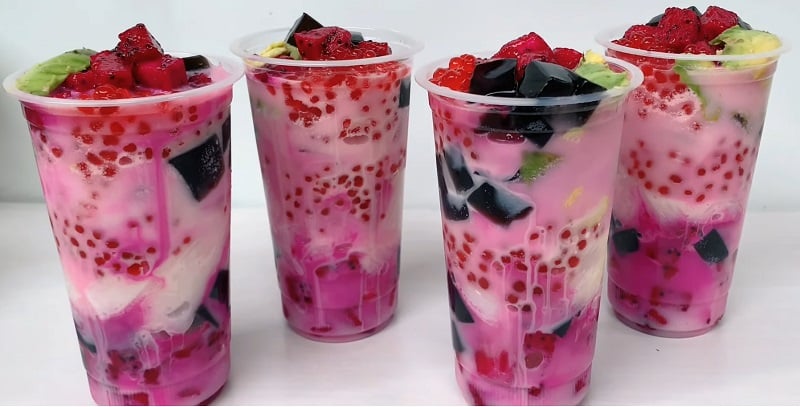
Es Campur is a popular Indonesian dessert. It is a refreshing and colorful treat that combines various ingredients to create a delightful combination of flavors and textures. The name "es campur" literally translates to "mixed ice," which perfectly describes the dish. The base of es campur is shaved ice, which is piled high in a bowl or glass. On top of the ice, a variety of ingredients are added, making each serving unique. These ingredients can include sweetened red beans, grass jelly, jackfruit, coconut meat, palm sugar syrup, and colorful agar-agar jelly cubes. The combination of these ingredients creates a harmonious blend of flavors. The sweetened beans provide a creamy texture, while the grass jelly adds a refreshing and slightly bitter taste. The jackfruit adds a tropical sweetness, and the coconut meat adds a rich and creamy element. The palm sugar syrup acts as a sweetener, tying all the flavors together.
Lupis
-1705064846.jpg)
Lupis is a traditional Indonesian dessert. Made primarily from glutinous rice, this sweet treat is cooked until it becomes soft and sticky. The rice is then shaped into small, square parcels and wrapped in banana leaves, giving Lupis its distinctive appearance. To enhance its flavor, the parcels of rice are often served with a delicious topping of grated coconut and drizzled with a sweet syrup made from palm sugar. The combination of the soft and chewy rice with the creamy coconut and the rich sweetness of the syrup creates a harmonious blend of flavors.
Milk Pie
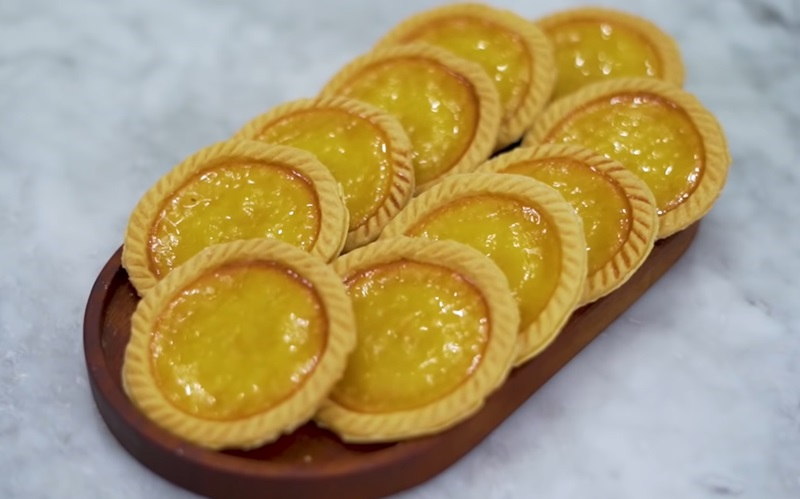
Milk Pie or Pie Susu is an Indonesian custard tart pastry featuring a shortcrust pastry filled with a delectable combination of condensed milk and egg custard. Originating from Bali, this traditional Indonesian dessert is characterized by its flat shape, featuring a single, very thin layer of custard. While sharing a similar shape with the Portuguese pastel de nata, pie susu stands out with its unique flavor profile.
Es Teler
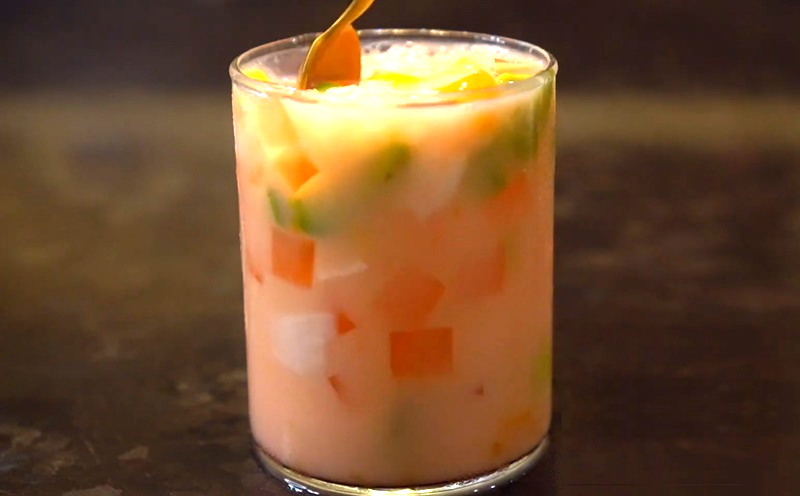
Es Teler is a delightful Indonesian fruit cocktail consisting of avocado, grass jelly, coconut meat, jackfruit, and various fruits. The medley is served with sweetened condensed milk, coconut milk, a touch of salt, sugar, and Pandanus amaryllifolius leaf, often in the form of cocopandan syrup. This delicious blend, credited to Murniati Widjaja, emerged victorious in a competition held in 1982 to determine Indonesia's national drink.
Es Buah
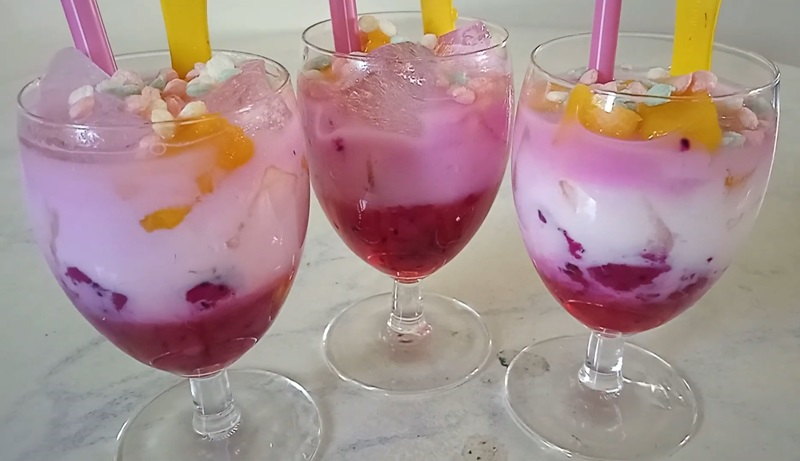
Es Buah is a refreshing Indonesian iced fruit cocktail dessert. This chilled and sweet beverage features diced fruits like cantaloupe, honeydew, pineapple, papaya, jackfruit, squash, and kolang kaling (Arenga pinnata fruit). It is mixed with ice cubes and sweetened with syrup or liquid sugar, the fruit selection may vary, including watermelon, mango, or longan, as well as imported fruits such as kiwi, lychee, strawberry, peach, pear, or grapes. Additional elements like grass jelly, agar-agar jelly, seaweed, or nata de coco can be included. Es Buah is particularly favored by Indonesians, especially during Ramadan as a popular choice for iftar, marking the end of the daily fast among Indonesian Muslims. While similar to es campur and es teler, it boasts distinct ingredients.
Bakpia Pathok
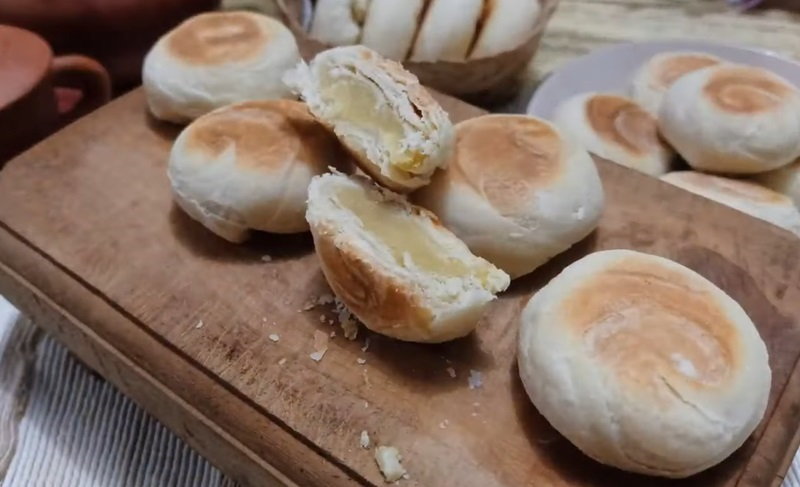
Bakpia Pathok is a small, round-shaped Indonesian sweet roll influenced by Chinese culinary traditions. Typically filled with mung beans, it has evolved to include various fillings such as chocolate, durian, and cheese. This delightful treat is a specialty of Yogyakarta, particularly associated with the Pathok suburb where it originated. Bakpia Pathok shares similarities with the larger Indonesian pia, the main distinction being its size. Often commercially packaged in small boxes, these sweet rolls are widely available in food shops across Yogyakarta and reflect the Chinese influence on Indonesian sweet roll creations.
Kolak
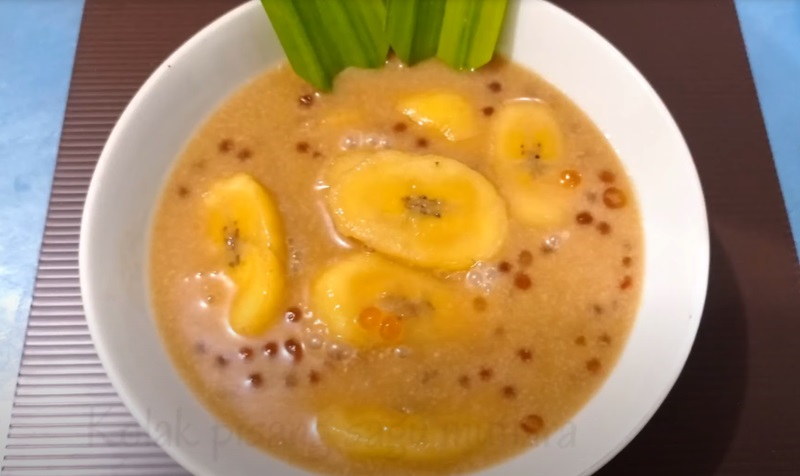
Kolak, also known as Kolek, is an Indonesian dessert made from coconut sugar or palm sugar, pandanus leaf, and coconut milk. The banana-enriched version is called banana kolak or kolak pisang. Various adaptations may include ingredients, such as jackfruit, sweet potatoes, plantains, pumpkins, rice balls, cassava, and tapioca pearls. Typically enjoyed warm or at room temperature, some like to have it chilled. kolak is revered as a popular iftar dish during the holy month of Ramadan and is equally beloved as a delightful street food offering.
Wingko
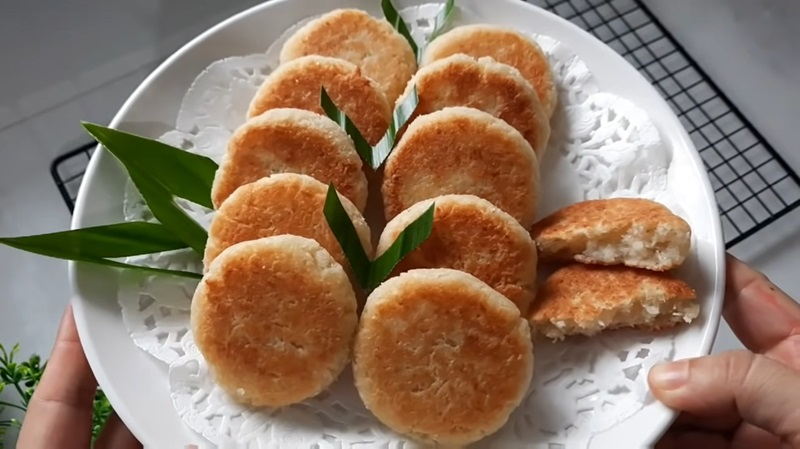
Wingko, also known as wiwingka or bibika, and occasionally referred to as wingko babat, is a traditional Indonesian snack resembling a pancake, crafted from coconuts. This delicacy is closely linked with Javanese cuisine and stands out as a cake primarily composed of coconut and various other ingredients. Wingko holds particular popularity along the north coast of Java island, where it is commonly vended by peddlers on trains, at transportation hubs, or within dedicated shops operated by the producers themselves.
Es Doger
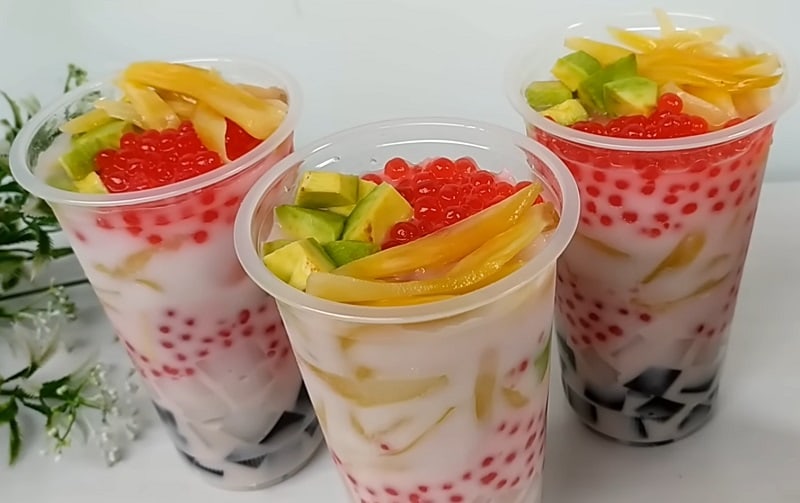
Es Doger is a delightful Indonesian shaved ice dessert, especially renowned in Bandung, West Java. This coconut milk-based treat features a pinkish hue and is often served as a dessert. The base comprises sugared sweet coconut milk ice in pink syrup, accompanied by red tapioca pearls, cassava tapai, avocado, black glutinous rice tapai, diced bread, jackfruit, and condensed milk—available in either plain or chocolate flavor. The pink color is derived from cocopandan syrup, rose syrup, or pink food coloring. Es Doger is a popular street food item, frequently offered by mobile vendors in major Indonesian cities, including Jakarta, Bandung, Malang, and Surabaya.
Kue Bingka
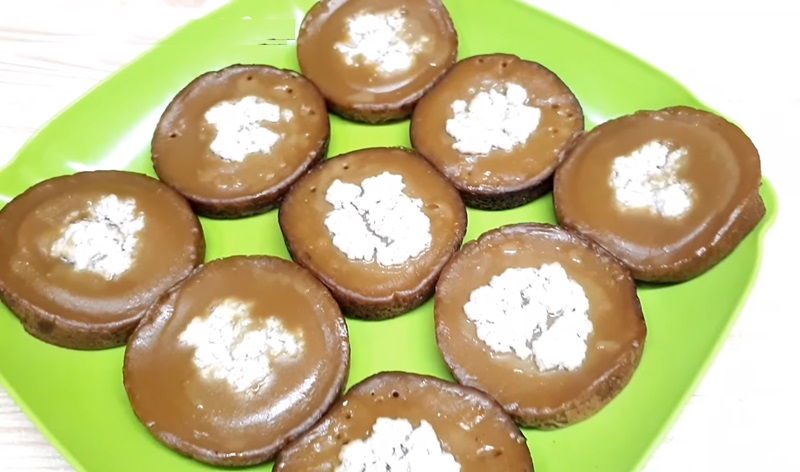
Kue Bingka, a traditional Indonesian cake (kue basah), is closely associated with the Banjar culture, particularly in South Kalimantan province. This sweet delicacy, also present in Malay cuisine, boasts a rich, sweet, and tender texture. An integral part of Banjar traditions, it is included among several cakes served during special occasions like weddings. While available throughout the year, Kue Bingka is especially popular during Ramadan, making it a favored choice for iftar. Beyond its Banjarese roots, Kue Bingka has gained recognition in neighboring provinces like East Kalimantan and Central Kalimantan, as well as in international destinations such as Brunei, Malaysia, and Singapore. Interestingly, the Sino-Burmese introduced a variation of Kue Bingka to Lower Myanmar, where it is known as kway pinka.
Seri Muka

Kuih Seri Muka, also known as Sri Muka or Putri Salat, is a traditional two-layered dessert originating from Banjarese and Malay cultures. The bottom layer consists of steamed glutinous rice, while the top layer features a vibrant green custard prepared with pandan juice, giving it its distinctive color. Coconut milk plays a crucial role in this delicacy, providing a creamy taste to both the glutinous rice and the pandan custard. Widely enjoyed in Indonesia (especially South Kalimantan), Malaysia, and Singapore, it was recognized as one of Malaysia's heritage foods and drinks by the Malaysian Department of National Heritage in 2009.
Kue Putu Mayang
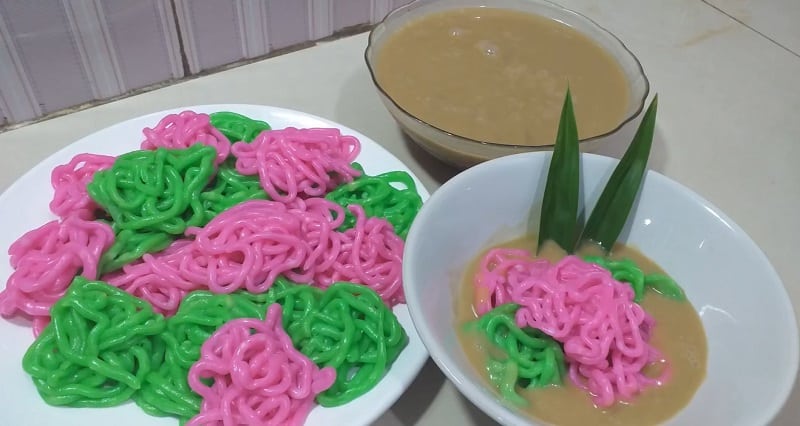
Kue putu mayang is a traditional Betawi dessert from Indonesia, crafted from a mixture of starch or rice flour and coconut milk, forming noodle-shaped strands. This unique dish is complemented by a side of kinca, a liquid palm sugar accompaniment, offering a delightful blend of textures and flavors in Indonesian culinary tradition.
Roti Bolen
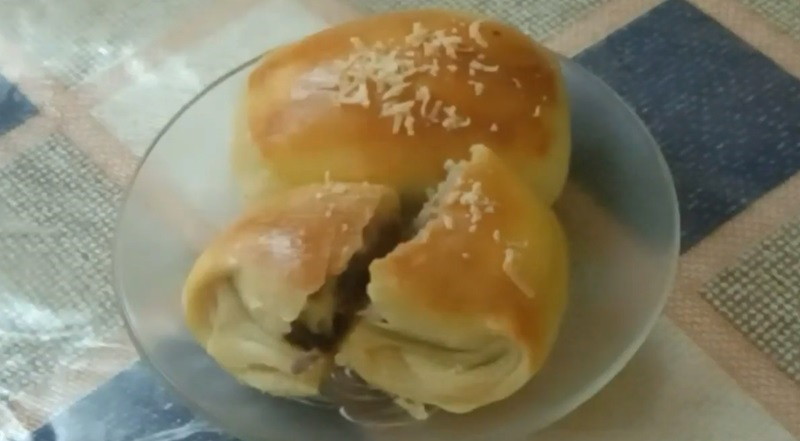
Roti Bolen is an Indonesian baked pastry featuring layers of crust reminiscent of croissants. The flaky crust is crafted from flour with incorporated layers of butter or margarine, while the delightful filling consists of a combination of cheese and banana. In some variations, durian is used as an alternative filling. This pastry reflects a fusion of influences, showcasing a blend of European pastry techniques with the distinct flavors and ingredients found in Indonesian culinary traditions.
Kue Asida
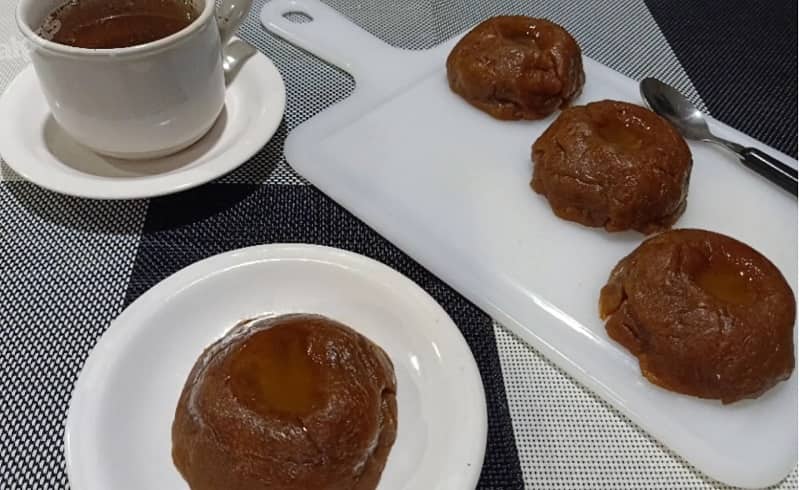
Kue Asida, a delightful Indonesian pudding, is made from a blend of water, wheat flour, sugar, cinnamon, cardamom, butter, and honey. Hailing from Moluccan cuisine, it is also a staple in Malay Indonesian and Arab Indonesian culinary traditions. This dish is mainly enjoyed during Ramadan's iftar.





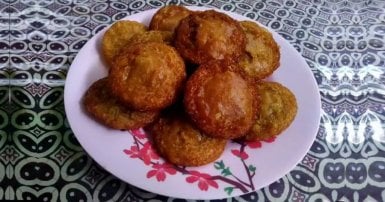
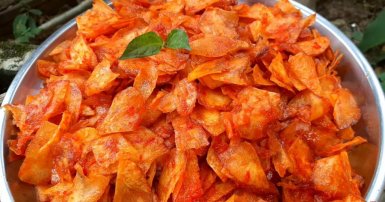
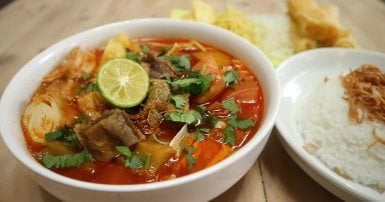
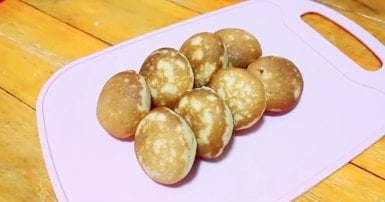
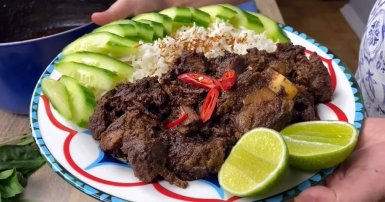
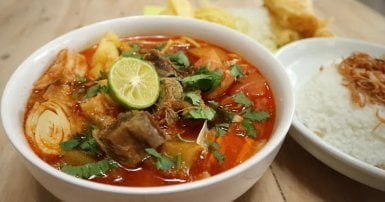
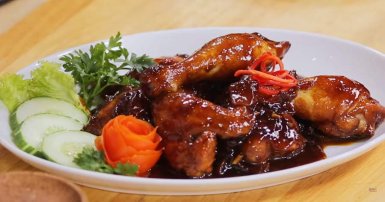

-1709813013.jpg)


